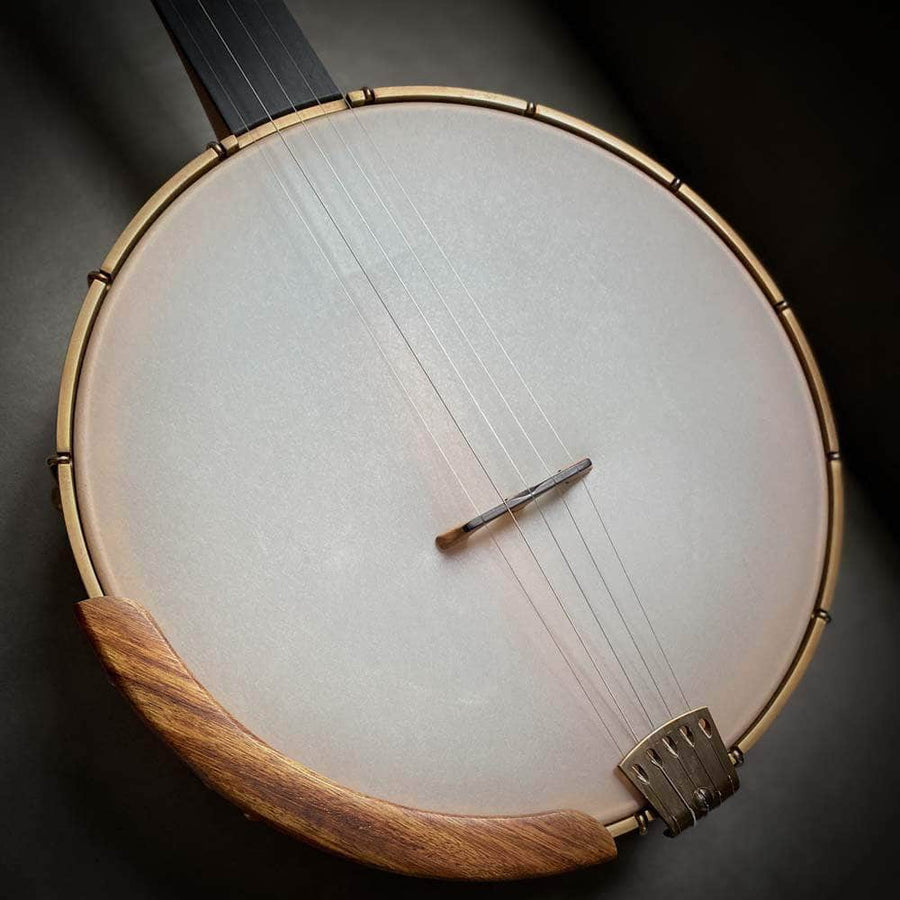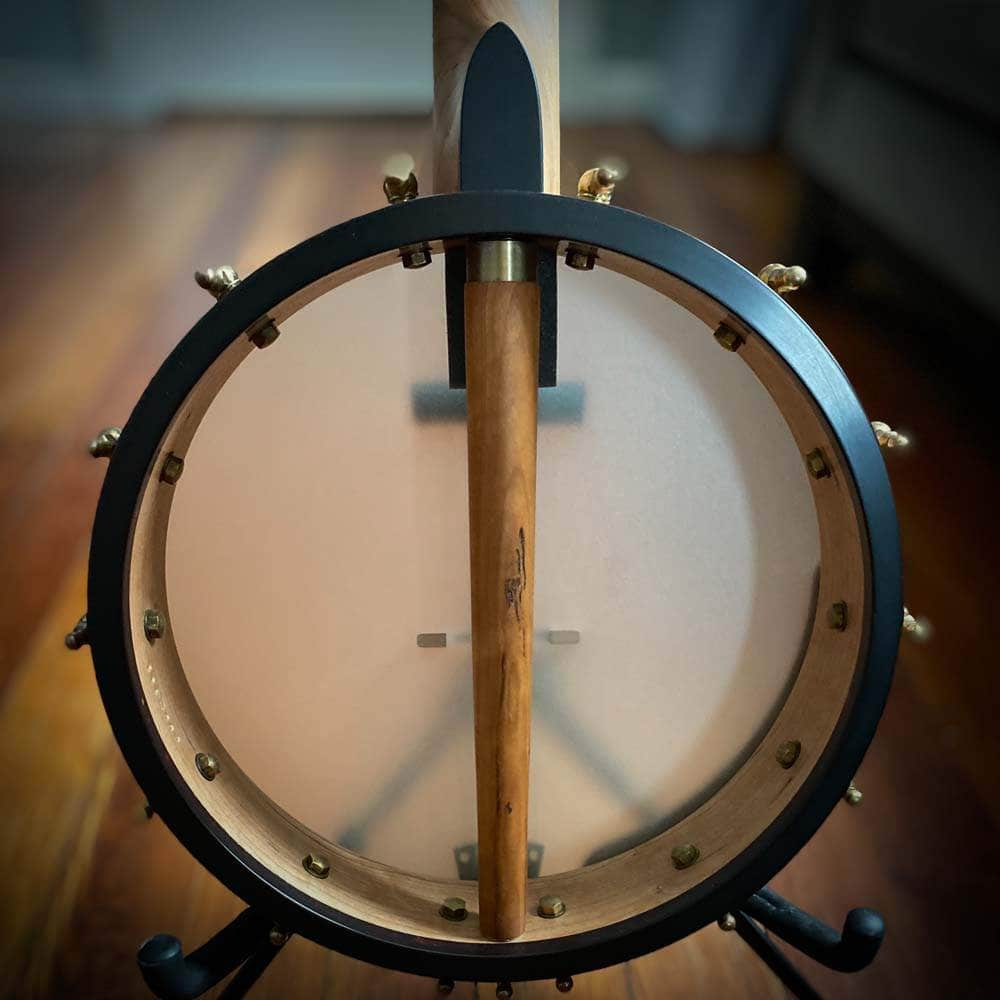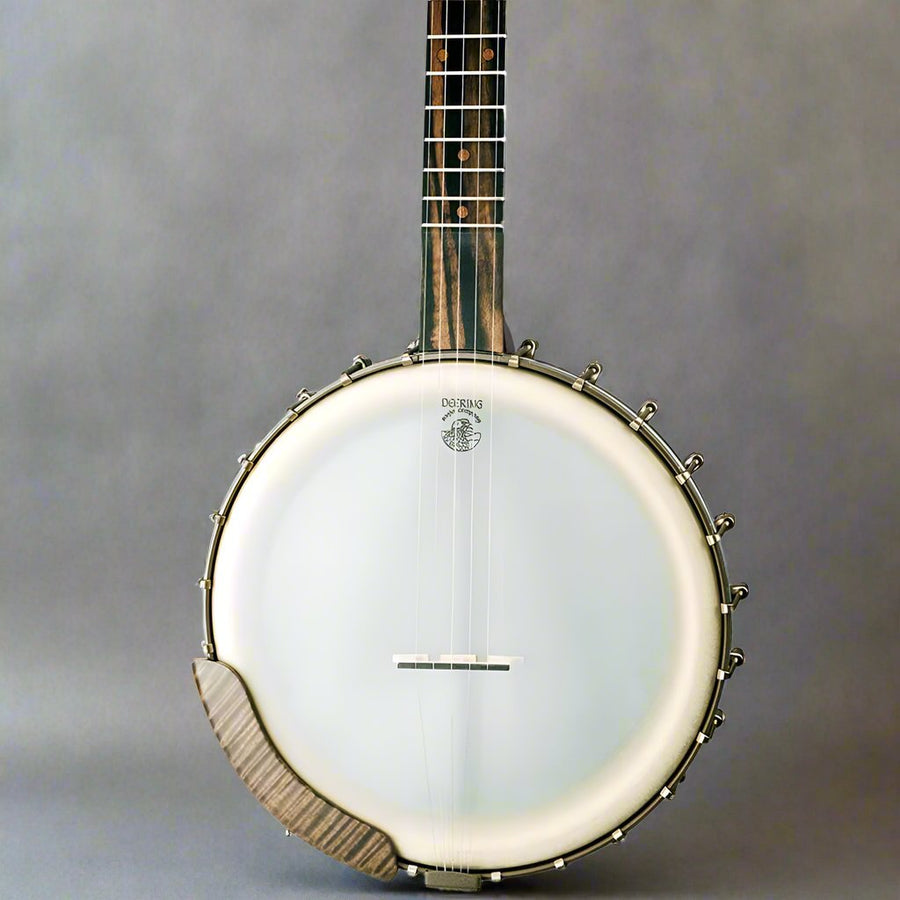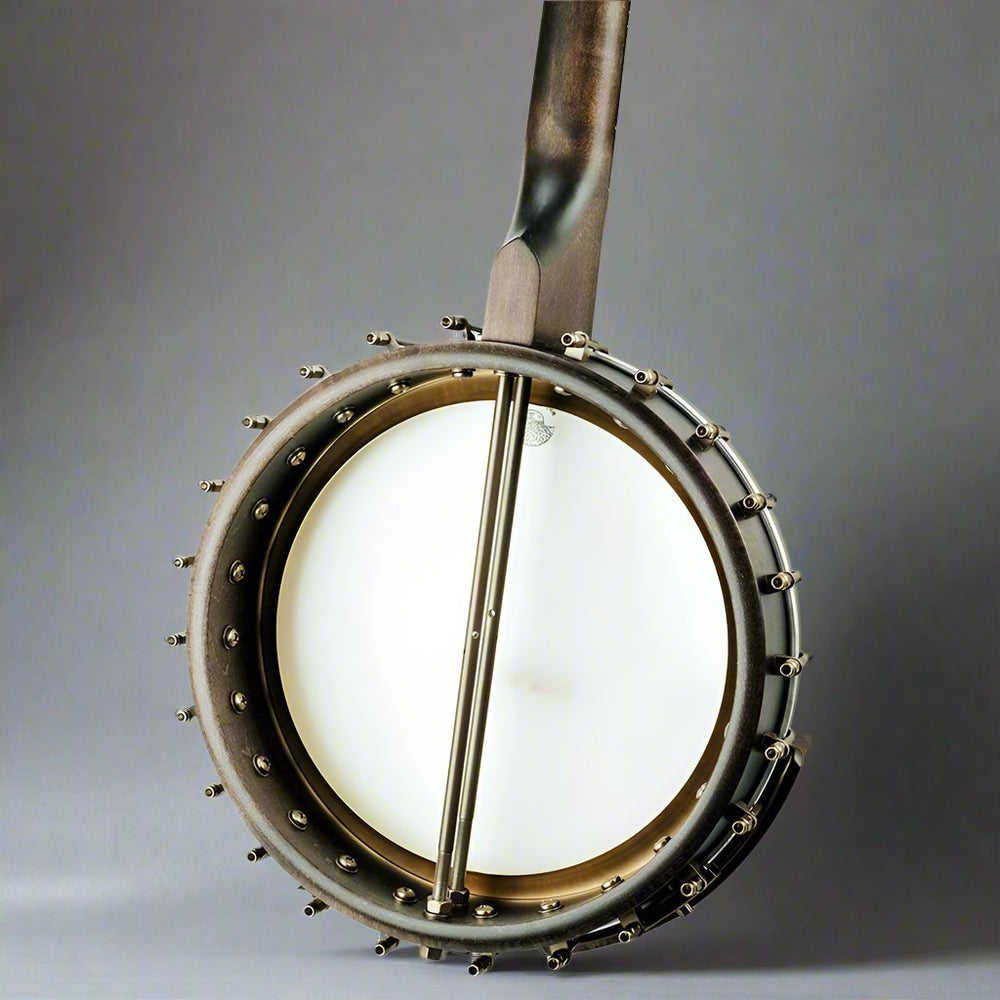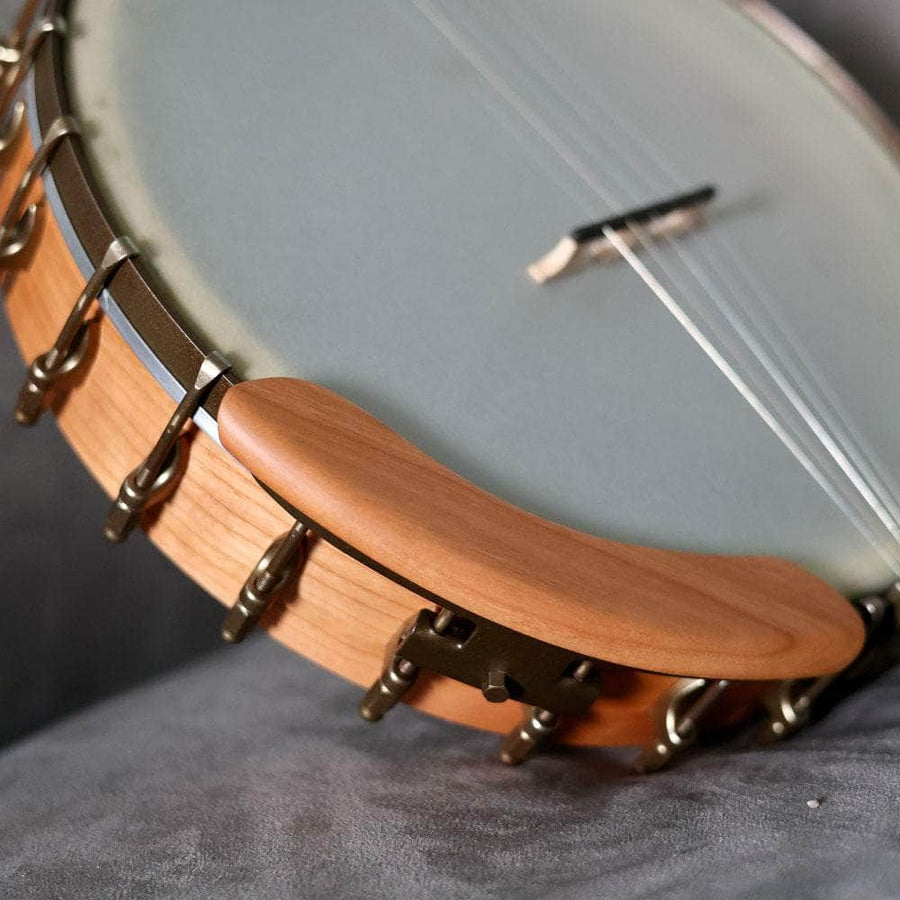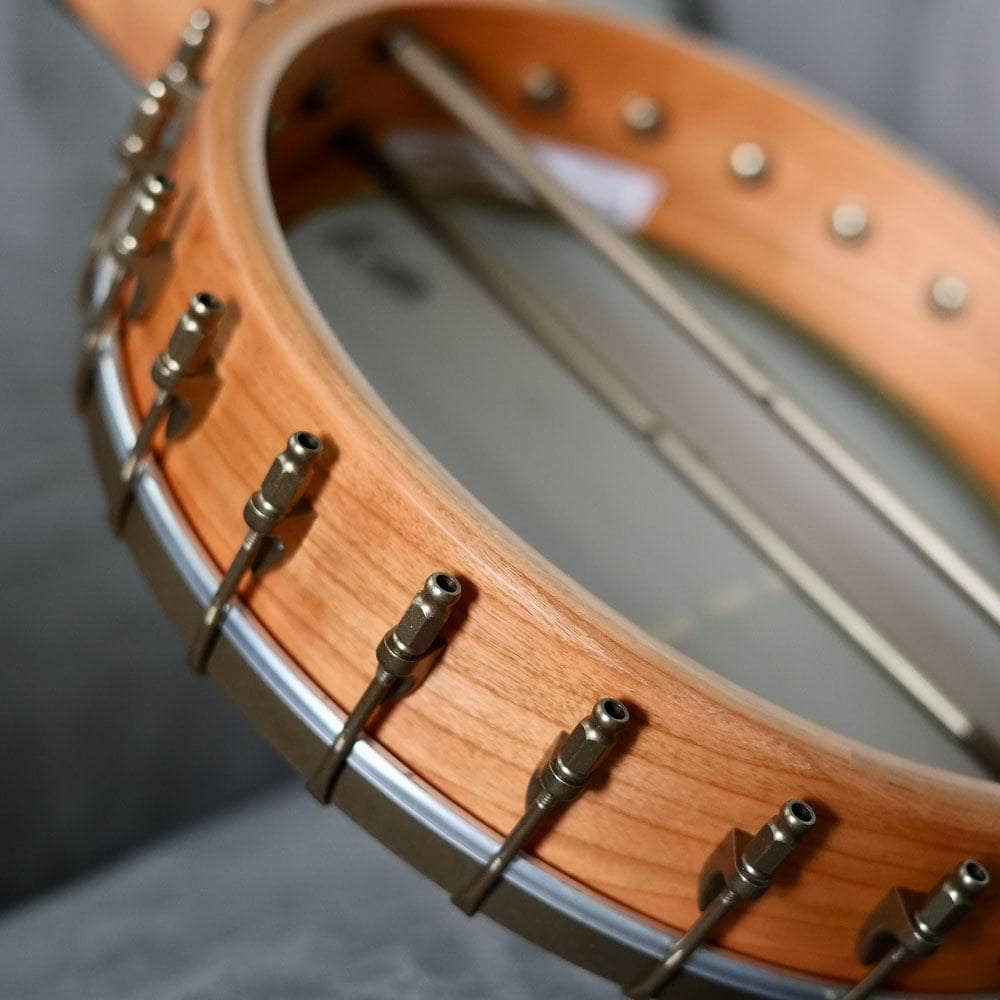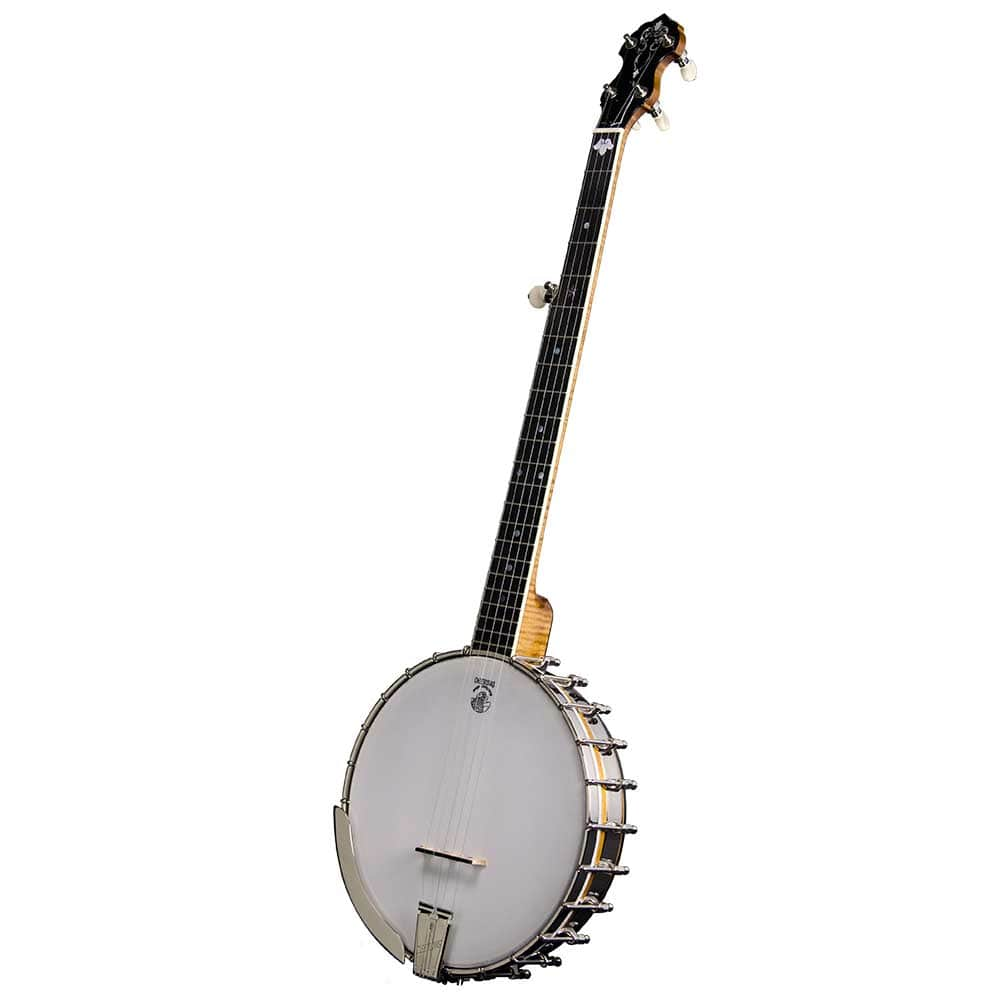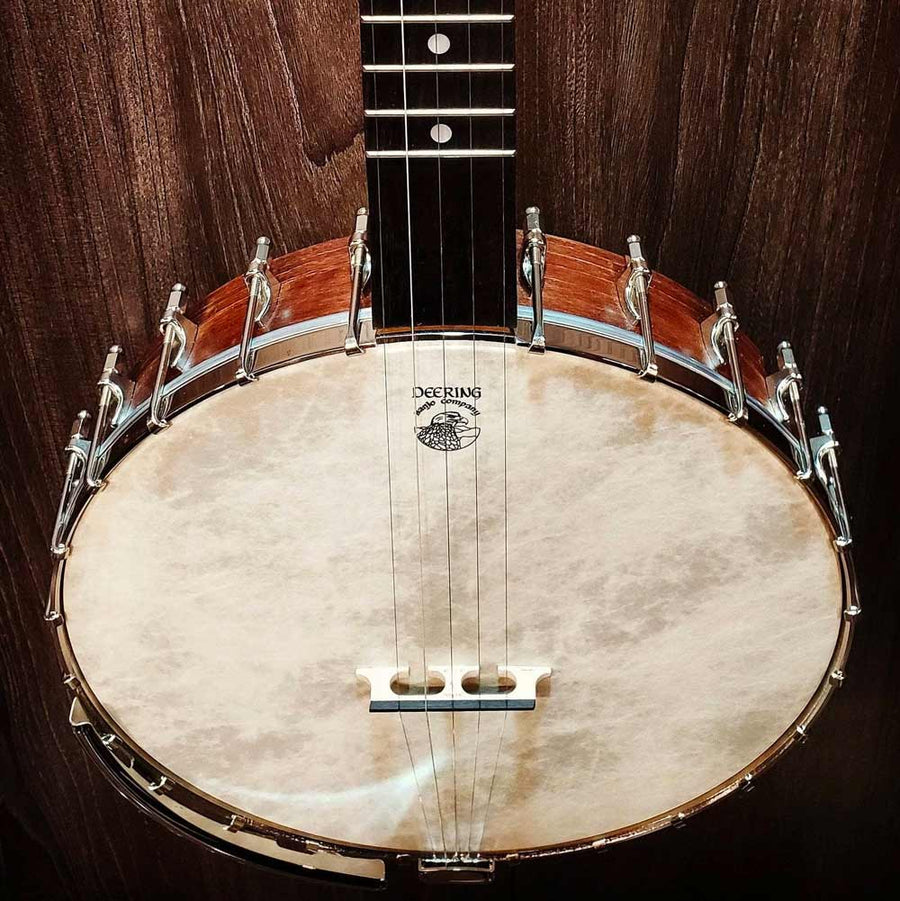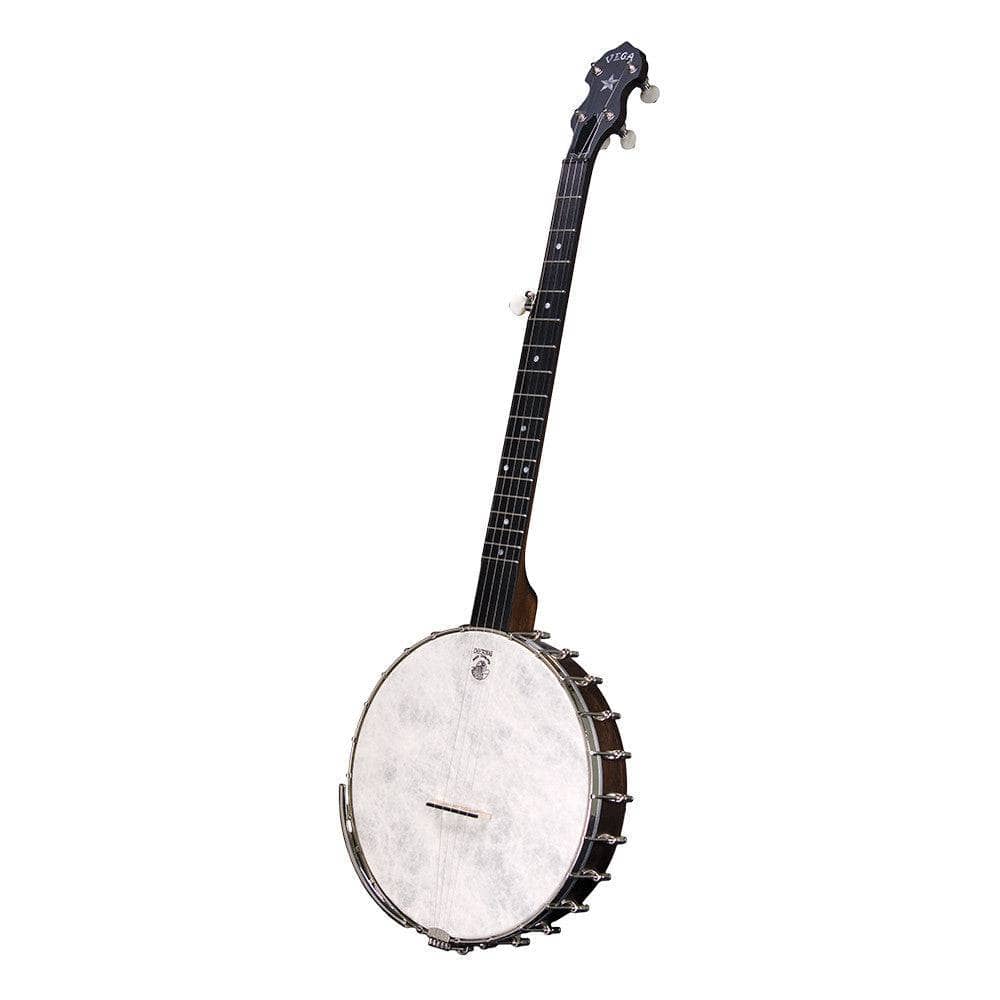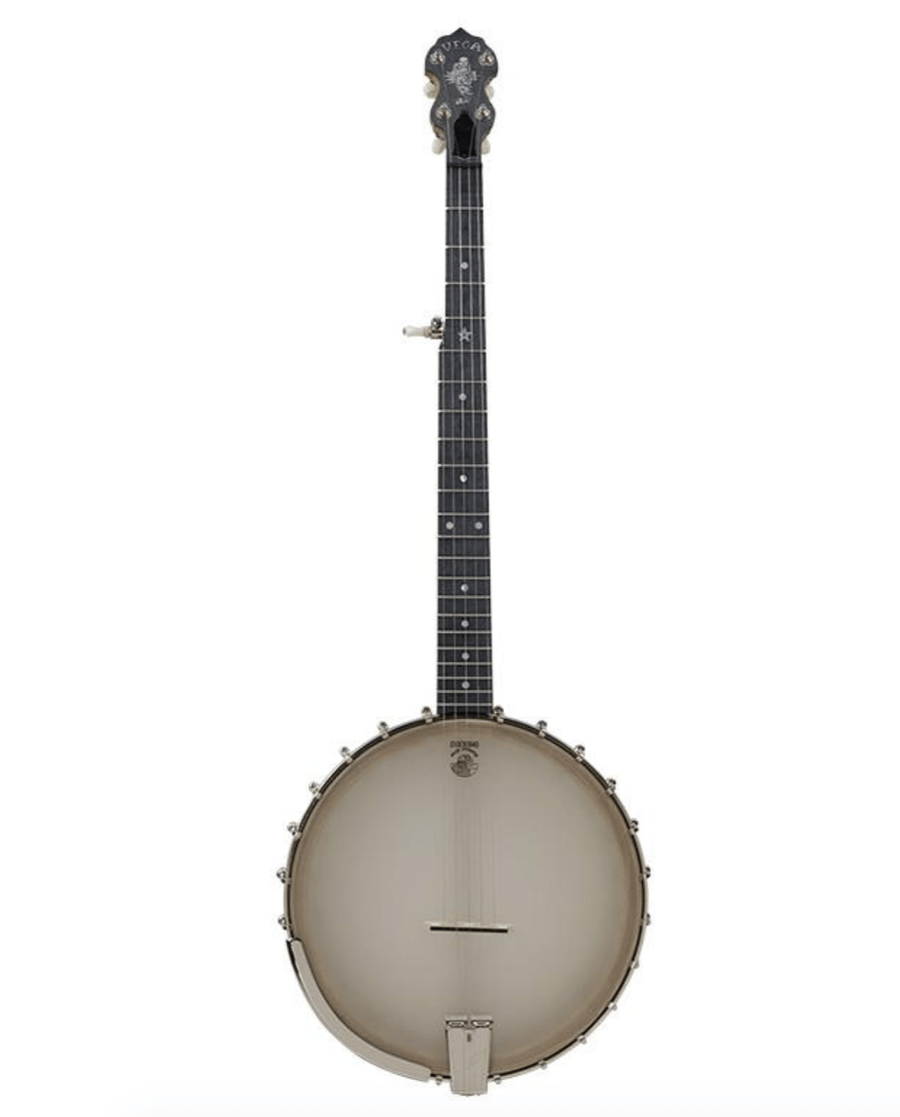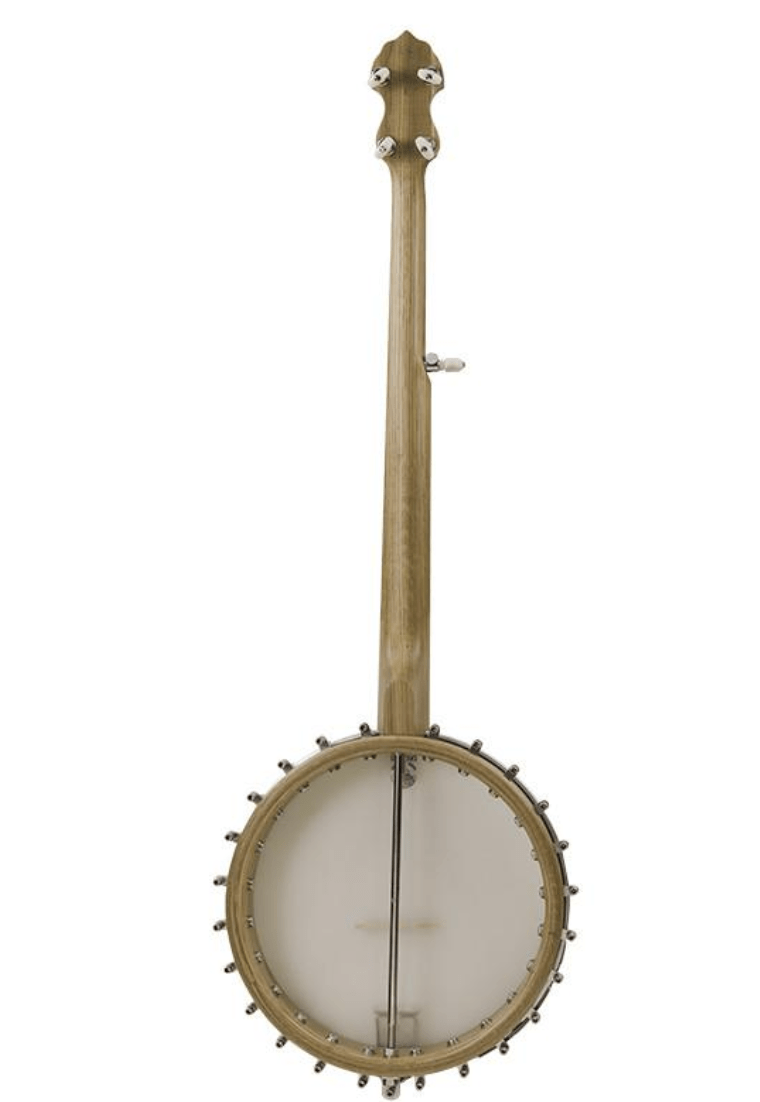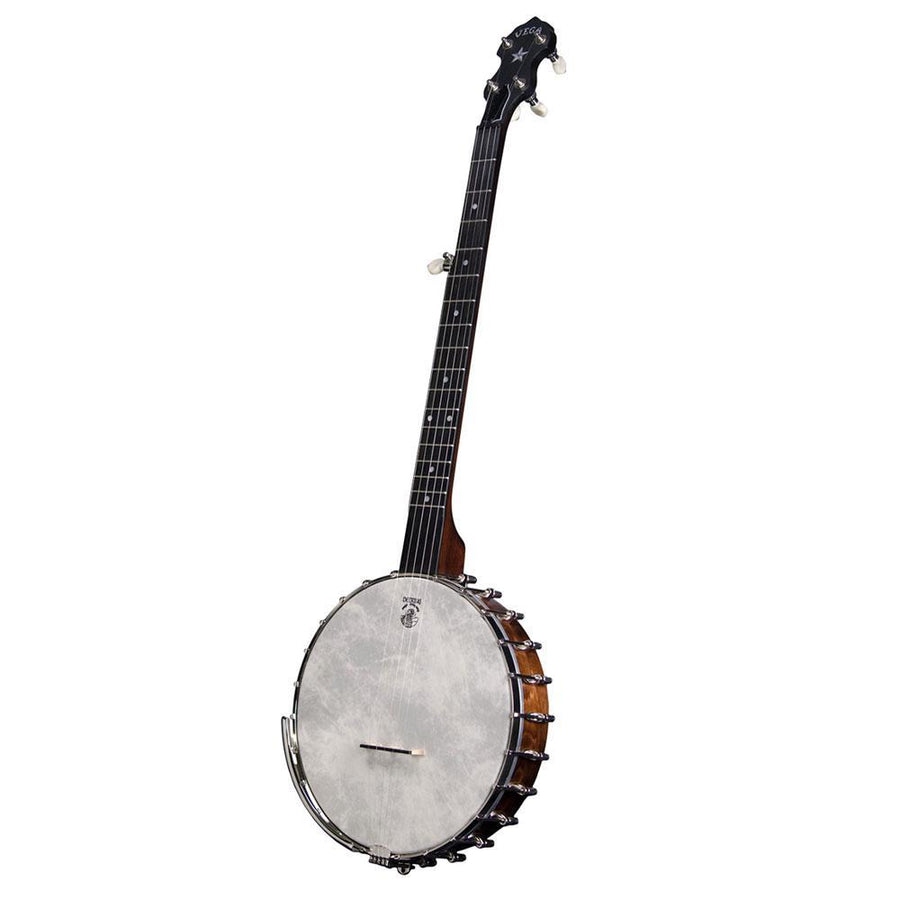The Complete History Of The Vega Banjo Company
The Vega Banjo Company, a name synonymous with quality and tradition in the world of banjos, has a rich history spanning over a century. From its humble beginnings in Boston, Massachusetts, to its eventual acquisition by the Deering Banjo Company, Vega's story is one of innovation, endurance, and a deep-rooted passion for the banjo.
The Early Years: A Musical Instrument Manufacturing Pioneer
The Vega Company was founded in 1881 by Julius Nelson, his brother Carl, and a group of associates. Prior to establishing Vega, they worked for a guitar shop that produced instruments for John C. Haynes, another Boston musical instrument company. Nelson, who had served as foreman of guitar and mandolin manufacturing at the shop, recognized the potential for a new, independent company.
The company's initial focus was on producing guitars, mandolins, and brass instruments. However, it wasn't long before Vega's attention turned to the banjo, an instrument that was gaining popularity in the United States. In 1904, Vega acquired the remains of the A.C. Fairbanks Banjo Company, which had suffered a devastating fire. This acquisition solidified Vega's position as a leading manufacturer of banjos.
The Fairbanks Era: A Golden Age of Banjo Making
The Fairbanks name became synonymous with Vega's high-quality banjos. Vega's instruments were known for their craftsmanship, tone, and durability. The company produced a wide range of banjo models, catering to different musical styles and player preferences. From the classic five-string banjo to the innovative plectrum banjo, Vega offered something for everyone.
A Tale of Two Eras: The Roaring 1920's and The Great Depression
The roaring 1920s and the subsequent Great Depression had a profound impact on the Vega Banjo Company. These two contrasting eras shaped the company's trajectory and defined its legacy.
The Roaring Twenties: A Time of Prosperity and Innovation
The 1920s were a period of economic prosperity and cultural change in the United States. The banjo, along with other stringed instruments, experienced a surge in popularity. Vega, with its reputation for producing high-quality instruments, capitalized on this trend. The company expanded its operations and introduced new models to meet the growing demand.
The Jazz Age, in particular, fueled the popularity of the banjo. The instrument's versatility and ability to create a driving rhythm made it a staple in jazz bands. Vega's banjos became synonymous with the energetic and vibrant sound of the era.
The Great Depression: A Time of Hardship and Survival
The Great Depression, which began in 1929, had a devastating impact on the economy and society. The demand for luxury items, including musical instruments, plummeted. Vega, like many other businesses, faced financial hardship. The company had to cut costs, reduce production, and lay off workers.
Despite the challenges, Vega managed to survive the Great Depression. The company's reputation for quality and durability helped it to retain a loyal customer base. Additionally, Vega diversified its product line to include other instruments, such as mandolins and guitars, to help mitigate the impact of the economic downturn.
One of the most significant contributions Vega made to the banjo world was the development of the resonator banjo. This type of banjo, which features a metal resonator that amplifies the sound, became a popular choice for bluegrass and other genres. Vega's resonator banjos were renowned for their powerful tone and projection.
Impact of World War II
World War II significantly impacted the Vega Banjo Company. The war years brought about a shift in focus for many industries, and the musical instrument industry was no exception. With the outbreak of war, resources were diverted to support the war effort, leading to a decline in the production of non-essential items such as musical instruments.
Vega, like many other instrument manufacturers, faced challenges during this time. The company had to adapt to the changing circumstances and prioritize the production of instruments for military use or for export to allied countries. This meant that the production of civilian banjos was reduced or halted altogether.
After the war ended, Vega faced the task of rebuilding its operations. The company had to retool its factories to resume the production of civilian banjos and meet the pent-up demand for musical instruments. It was a challenging period, but Vega managed to recover and continue its legacy as a leading manufacturer of banjos.
Although the war years were difficult for Vega, the company's experience during this time helped to shape its future. The challenges faced during World War II forced Vega to adapt and innovate, which ultimately strengthened its position in the musical instrument industry.
Vega Banjo Company Acquired by C.F. Martin & Company
The popularity of the banjo declined in the mid-20th century, and Vega's fortunes began to wane. The company struggled to compete with other instrument manufacturers and faced financial difficulties. In the 1970s, Vega was acquired by C.F. Martin & Company, a renowned guitar manufacturer.
The exact circumstances surrounding the sale are not widely documented, but it is likely that a combination of factors contributed to the decision. The banjo market had experienced a decline in popularity during the mid-20th century, and Vega may have been struggling to maintain profitability.
Martin, a renowned guitar manufacturer, may have seen an opportunity to expand its product line and capitalize on the heritage of the Vega brand. By acquiring Vega, Martin could gain access to a new market segment and potentially revitalize the banjo.
The acquisition of Vega allowed Martin to add a line of banjos to its product offerings. While Martin may have focused more on its guitar business, the Vega brand continued to be associated with high-quality banjos.
Vega Banjo Company Acquired by the Deering Banjo Company
The Vega name was not forgotten. In 1989, Greg Deering, the founder of the Deering Banjo Company, purchased the Vega trademark. Deering, who had long admired Vega's heritage, was determined to revive the brand. Under Deering's leadership, Vega was reborn as a premium line of banjos, offering instruments that captured the spirit of the company's early days.
Vega Today: A Legacy of Excellence Continues
Today, Vega banjos are highly sought after by musicians around the world. The company's instruments are known for their exceptional craftsmanship, tone, and playability. Deering Banjo Company has remained true to Vega's legacy, producing banjos that are both traditional and innovative.
Vega's story is a testament to the enduring appeal of the banjo and the company's commitment to excellence. From its humble beginnings in Boston to its resurgence under the guidance of Greg Deering, Vega has played a vital role in shaping the history of the banjo. The company's legacy will continue to inspire future generations of banjo players and instrument makers.




